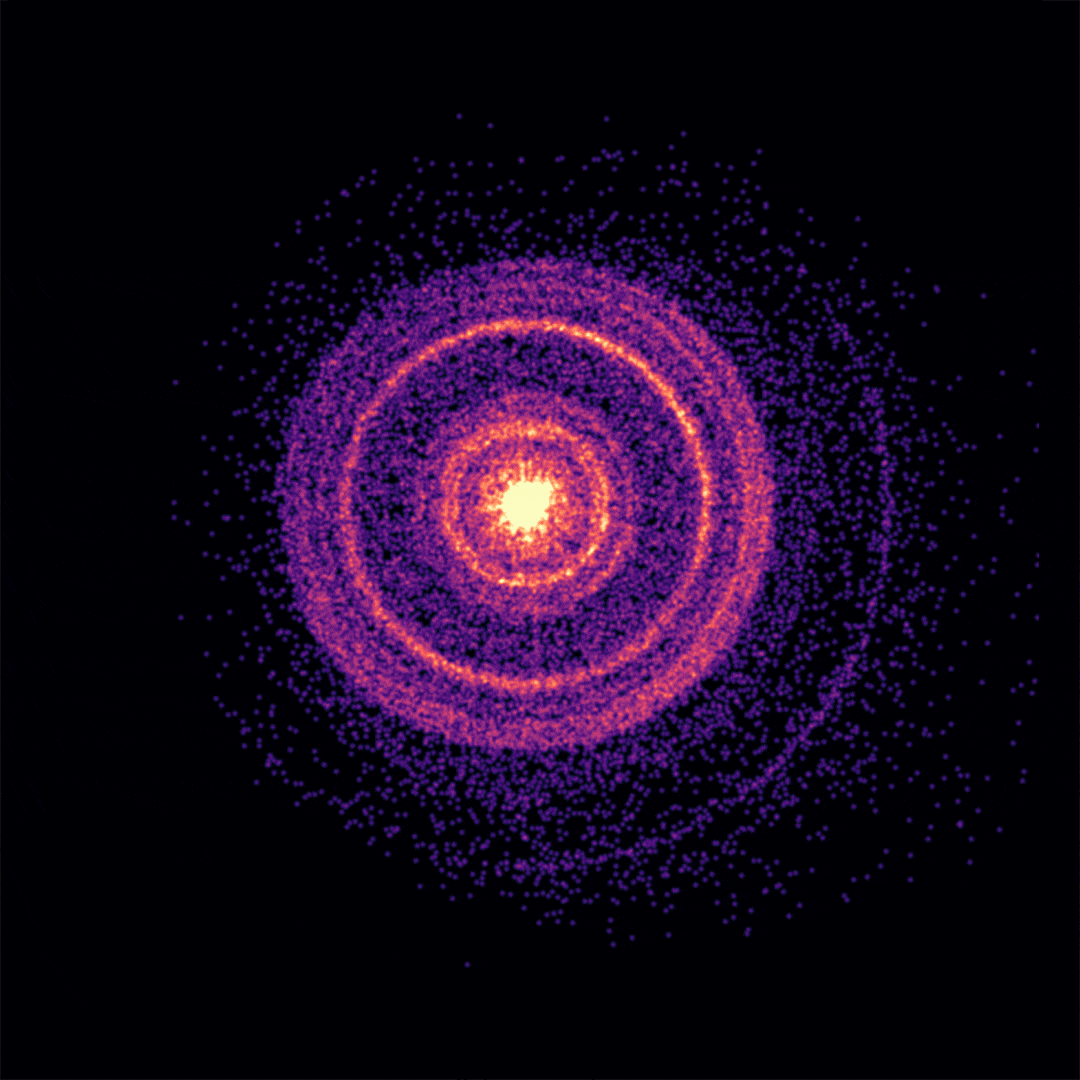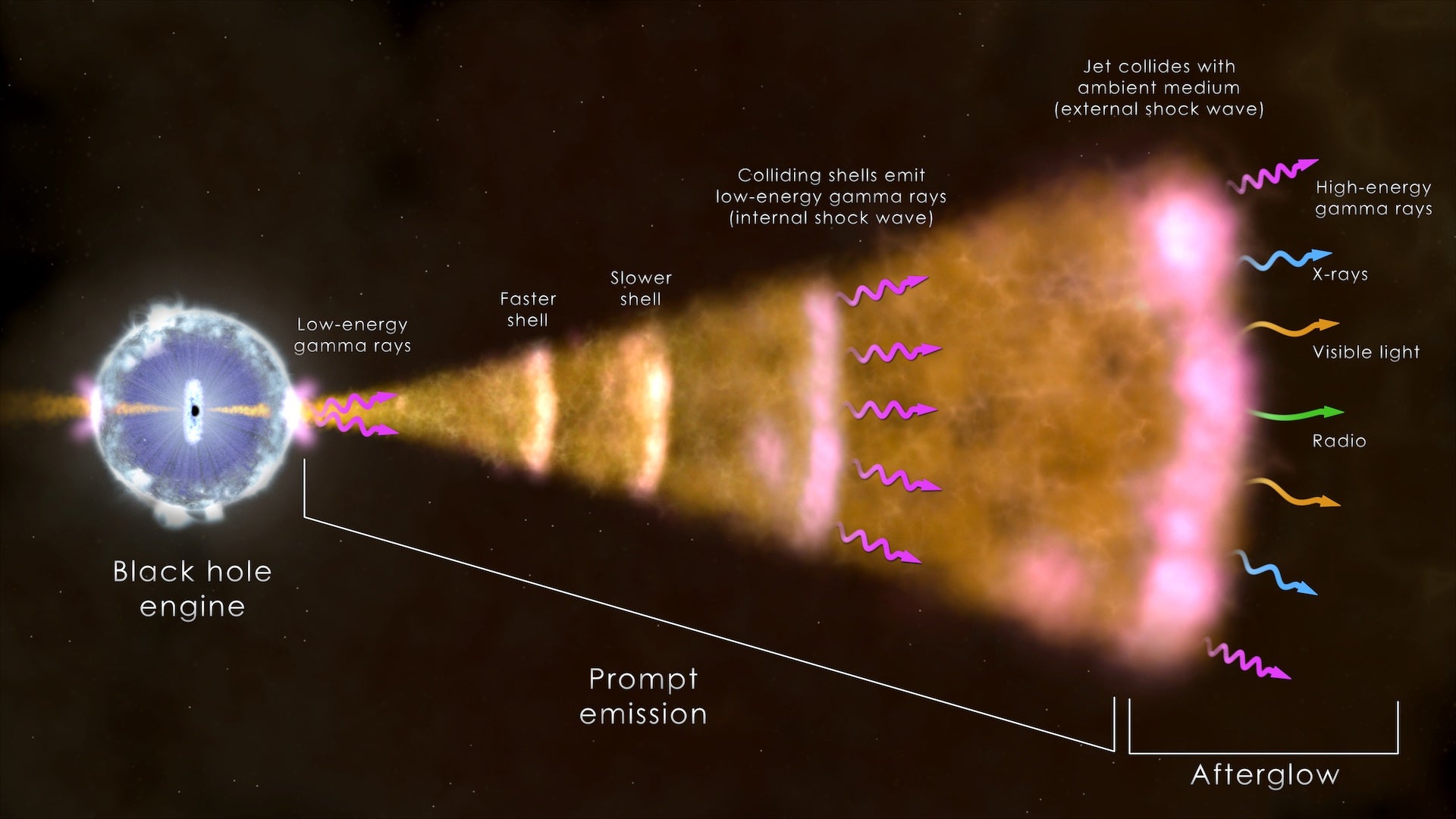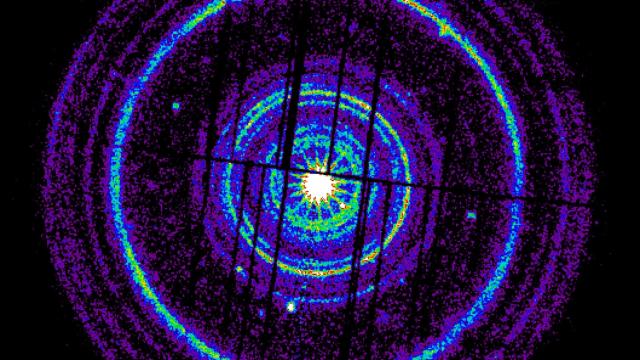On October 9, 2022, a gamma ray burst brighter than any before seen swept across Earth and space-based detectors. A team scrambled to take follow-up observations at radio wavelengths, and they confirmed that the burst was about 70 times brighter than anything recorded previously.
The astronomical team believes the 2022 explosion — reported on by Gizmodo at the time — was a one-in-10,000-year event. New research detailing aspects of the burst is published today in The Astrophysical Journal Letters.
While the burst (its formal name is GRB 221009A) is probably not the brightest to ever occur, it is “likely the brightest burst at X-ray and gamma-ray energies to occur since human civilisation began,” said Eric Burns, an astrophysicist at Louisiana State University a co-author of the study, in a University of Sydney release. That has earned it the title of BOAT, or “brightest of all time.”
The University of Sydney release notes that the burst was so bright that most gamma-ray instruments in space couldn’t measure its true intensity; they were literally blinded by the light.
When you think of violent explosions, your mind may go to nuclear weapons or the brilliant supernovae that mark the deaths of stars. But the biggest explosions in the universe are gamma ray bursts, which are thought to occur when massive stars collide or die and give way to black holes.
There are long- and short-duration gamma ray bursts; long bursts are any that are detected for more than two seconds. Short events are more often associated with star mergers and black hole formation, according to NASA, while longer bursts are associated with stellar deaths.

Stellar deaths sometimes give rise to massive, hyper-energetic jets of material, akin to those that spurt out of pulsars. When those jets are pointed directly at Earth — as the recent burst was — it makes the gamma rays particularly bright from our perspective.
Gamma ray bursts are fleeting and can originate at any point in the sky, making it much easier for astronomers to observe their afterglow than their initial, brilliant outburst. The follow-up radio observations of the recent burst were made with the CSIRO ASKAP telescope in Western Australia. (The ASKAP telescope detected a weird looking radio signal from the galactic centre back in 2021.)
For weeks after the initial flash, X-ray light scattered off dust in the Milky Way on its way to us. That resulted in the appearance of several dust rings expanding outward from the direction of the burst. The nearest ring is about 1,300 light-years away, and the most distant is about 61,000 light-years away, on the other side of the Milky Way.
The researchers also took precise measurements of the burst’s reverse shock, or the wave of material that moves backward, toward the origin of the burst.
“Our observations provide unmatched insights into the reverse shock model for gamma-ray burst emission, showing it is very difficult for existing models to replicate the slow evolution of the energy peaks that we observed,” said James Leung, an astronomer at the University of Sydney and a co-author of the study, in the University of Sydney release. “This means we have to refine and develop new theoretical models to understand these most extreme explosions in the Universe.”

Gamma rays could soon be used to detect gravitational waves, ripples in spacetime caused by enormous events like black hole mergers. Gravitational waves subtly alter the amount of time it takes for light to reach us from distant sources, subtleties that are currently detected using observatories like the LIGO and Virgo interferometers.
An even loftier goal is pinning down the gravitational wave background — you can think of it as the entire ocean of gravitational waves, dynamically criss-crossing as they are produced by black hole and neutron star collisions throughout the cosmos. Some researchers hope that gamma ray sources can be harnessed to create a timing array, similar to existing pulsar timing arrays.
